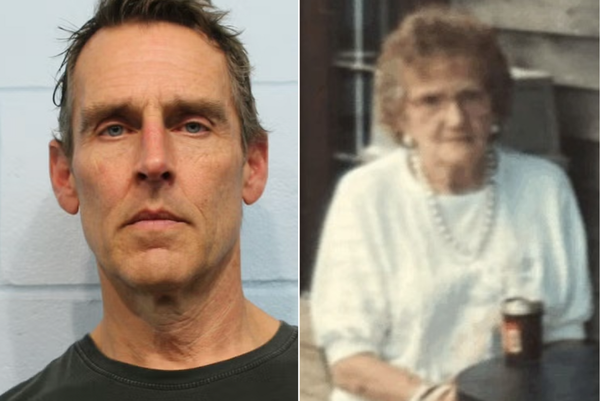
The Canary Islands in the Atlantic Ocean receive a large amount of sunshine every year. A tourism hotspot, they also have high renewable energy potential. Nevertheless, they still depend on fossil fuels for 80% of their electricity. Last December, the regional parliament set an ambitious target of sourcing 92% of the islands' energy from green technology. However, there are still significant obstacles to overcome. Stefanie Schüler, with the support of the European Union, has this report.
Standing facing the Atlantic Ocean, José Antonio Valbuena describes the ongoing challenges facing the archipelago.
Renewable energy problems
He is the outgoing Canary Islands’ minister for the fight against climate change and ecological transition.
The Spanish Canary Islands, he explains, are a system of eight volcanic islands that make up an archipelago.This means that each island has to resolve its own energy problems by itself as the islands are not interconnected to either the African continent or to the European continent.
"All these factors hinder the development of renewable energy," he said.
There are other problems too. Dimitriu Barreto works for the Technology Institute of Renewable Energy, a research center that specialises in energy transition.
It has three wind farms and the biggest photovoltaic plant on the Canary Islands. However, as an engineer, he is concerned that the development of renewable energy is being pursued without modernising the electricity network.
“Here’s an example," he told RFI."Each week, when the wind is strong and we have surplus energy thanks to our new wind farms, the system operator orders us to reduce our production because this energy cannot be absorbed. In addition, no energy storage system has been put in place. So, this free energy is lost.”
The Canary Islands advantage
Change is on the way, however. The new energy transition plan for the Canary Islands has accelerated the production of photovoltaic panels, which are being installed on the roofs of houses by the hundreds.
The problem at the moment, José Antonio Valbuena says, is that there is no legislative framework to enable the development of renewable energy.
Despite this, he points to the advantages the Canary Islands offer that the European continent can't provide.
He told RFI: “The annual per capita energy demand is lower in the Canary Islands than in the rest of the European Union. This is for two reasons: first, we don’t need to heat our houses in the winter or to cool them in the summer, we have a stable climate. And second, our industries are responsible for less than 7% of the energy consumption here. This is an advantage."
Of the eight Canary Islands, Ferro, the westernmost and smallest of the islands, has advanced furthest in energy transition.
Ten years ago, the smallest island focused on a new type of renewable energy model. At the time, it was described as the first island in the world to be fuelled 100% by renewable energy.
One of the developements that enabled this was the construction of a hydro-wind plant at a cost of 83 million euros, part of it financed by the European Union.
This is now starting to bear fruit, according to Renan Andres Morales, an engineer in renewable energies in the Gorona del Viento hydro-wind plant.
"The main benefits [from the plant] is the fuel savings that we achieved for the island...It means a reduction of CO2 emissions. Last year, we used seven thousand tons less fuel, which is the equivalent of 20 thousand tons of CO2."
The winds of change
But ten years after the plant was built, the reality is different. It is difficult to know exactly how climate change will impact the winds or the ocean currents among other things.
“The problem is that in recent years we have been noticing that the wind is changing, but our wind plant has been designed in relation to these north-north east winds” explains Renan Andres Morales.
“So, if the winds come from the west or the south, it means that our wind plant is not installed in the right location," he said.
"This is the reason why we have to diversify our renewable energy sources as much as possible until we have a more precise idea of what our meteorological conditions will be like in the future. Now, our main goal is to install a photovoltaic solar power plant.
"There are also wave energy converters. But it will be very difficult to achieve 100% renewable energy on the island.”
The problems with this kind of scenario are already apparent. The hydro-wind plant of Gorona del Viento on Ferro Island was closed for ten days in May 2023 because of lack of wind.
“When there is no wind, the sun can take over. When there is no sun, we have the water. But when we don’t have the water, it will become very complicated," Renan Andres Morales adds.
These north-north-east winds, along with the sun, the sea, and the volcanoes, are part of what made the Canary Islands special. With the climate change, they’re now posing the islands’ biggest challenge.







